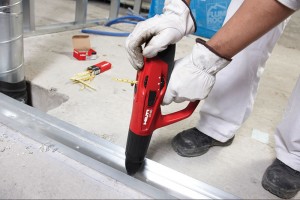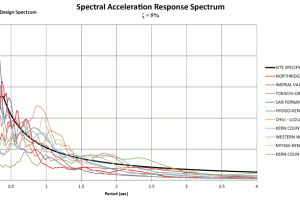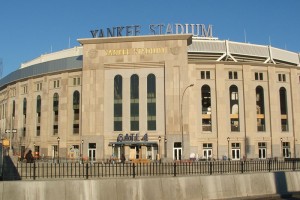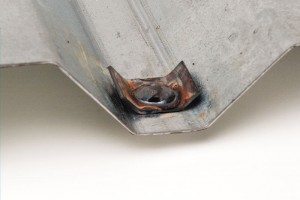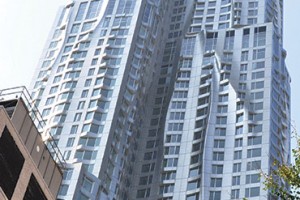Code of Standard Practice for Structural Cold-Formed Steel Framing
Cold-formed steel (CFS) framing is a bit of a unique product among the many other systems that comprise the structural elements of a building. It can be an industry standard shape, or one of a variety of proprietary products that are available. It can be designed and specified by the structural engineer of record, or it could be delegated to a specialty engineer specific for the CFS system or CFS component assembly. …

